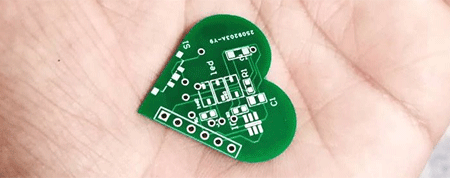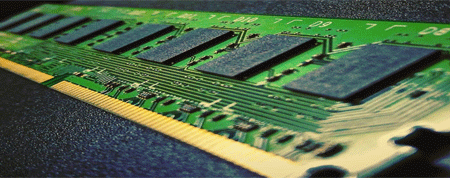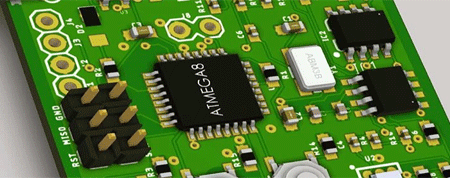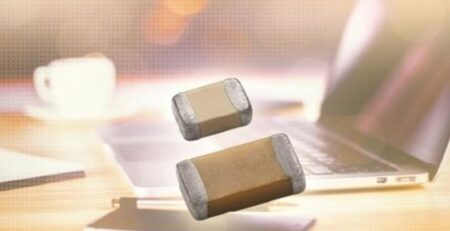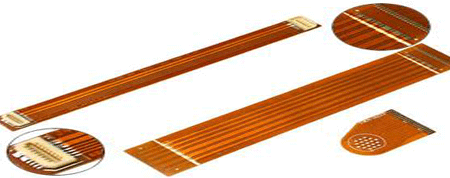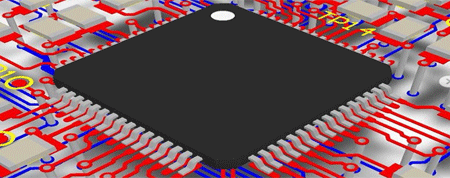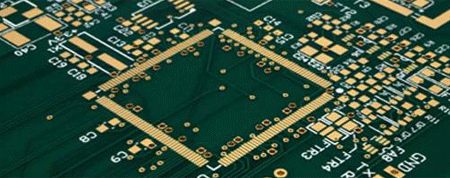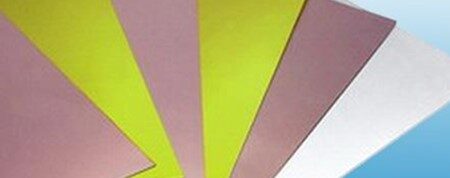Today, as the electronics industry is growing, with the trend of light, thin, and short electronic products, the development of high performance and multi-function, and the improvement of electronic device soldering technology, flexible circuit boards (FPC) are also used for electronic mutual The connected circuit boards have been rapidly developed in the Chinese printed board industry in the past two years. Due to the demand for light, thin and short electronic products, the application range of flexible PCBs is becoming wider and wider, and flexible PCBs and other types of printing are used. Compared with the board, a large amount of wiring is performed in a small space, and a portion that needs to be repeatedly bent has a longer bending life than other cables because a special material is selected.
Due to the thin and light characteristics, the FPC board has special requirements for the selection of machine equipment and processing methods during surface processing. The production of FPC board and surface cleaning are a key link because it not only requires surface The condition is good, and the dimensional stability of the board is also strictly required. The dimensional stability depends on the dimensional change rate of the pressed copper foil layer, and also has a great influence on the mechanical grinding during the production process. The grinding brush roller running direction and the board transfer The opposite direction is to ensure uniform grinding effect, but the base of the flexible board is thin and FPC. When the pressure is too large, the substrate will be stretched or broken under a large tension, which is one of the important reasons for the dimensional change. Avoid scratching, tearing and jamming the substrate during the process. If the equipment is not specialized in FPC board production conditions, it is recommended to use pallets. This avoids the large distance between the machine transmission wheels, the washing of high-pressure water washing and the drying of hot air. The effect is that the substrate card is deformed or even scrapped.
According to the requirements of the above FPC board production process and the grinding of the grinding brush wheel, the chemical cleaning method and the nylon needle brush roller are used in the production process of the flexible printed board to be the surface of the pattern transfer, the hole metallization and the film covering process. The ideal choice for processing is to remove the copper oxide layer and to achieve good roughness on the surface.
In the pre-treatment of surface processing such as chemical immersion gold, the non-woven brush roller with low cutting force can be selected. Due to its uniform and fine grinding effect, it can ensure the removal of residual glue on the surface of the board and fine and even grinding of the pad. This is nylon. The surface treatment effect that the needle brush can’t reach, because the FPC board generally has small and small pads, the ordinary nylon needle brush can not be completely polished to the pad, and the strip will be scratched when grinding, which affects the welding and the surface. Beautiful. Choosing a non-woven brush roller that is FPC and has a lower cutting force than conventional can improve the effect that the nylon needle brush can’t achieve. The non-woven brush roller is the first choice for many high-precision circuit board manufacturers because of its uniform and fine grinding effect. It is recommended to use the brush roller surface. 1000# +1200# red non-woven brush roller with hardness of 30-45 degrees is used together, and the wear scar is controlled at 8-10mm, which can ensure the dirt removal of the pad and the smoothness of the surface coating.
The FPC plate needs to be cleaned and polished before the metallization of the hole to improve the bonding force between the metallization layer of the hole and the substrate, and the copper surface is effectively treated before the hole is metallized, and the copper foil is resistant to the film. The adhesion strength of the etched layer is also very important. The front surface of the FPC plate metallization is not cleaned. The delamination and blistering may occur in the hole metallization coating. The copper surface is not cleaned and roughened before the image is imaged. The bonding force is not enough. When making the fine circuit pattern, defects such as plating and short circuit are likely to occur in the subsequent plating process, which causes the board to be scrapped.
In the method of grinding and roughening the surface of the copper clad laminate before the hole metallization and pattern transfer, it is recommended to use the 800#+1200# nylon needle brush roller containing alumina abrasive, which can effectively remove the copper plating particles and effectively thicken the copper surface. The effect of the wear scar is controlled at 8-12mm, which can effectively prevent the problem of the sheet being elongated due to the coiling and excessive grinding. The nylon needle containing the alumina abrasive has a smaller cutting force than the conventional silicon carbide abrasive when processing the copper surface. It can reduce the scratch on the surface of the board. The denser and thinner the scratches, the better the bonding force between the board and the resist layer. We recommend using a wet film for the subsequent resist coating to enhance the board surface. The bonding force of the resist layer.
The chemical cleaning method removes the surface organic impurities and organic pollutants with a chemical agent, and then roughens the surface with a micro-etching solution. The treated copper plate surface has good flatness without any mechanical scratches and Residual abrasive particles are therefore an ideal clean rough surface treatment method for fine wire printed board processing. However, this method is not easy to completely flatten copper and foreign matter when removing the surface of copper foil, and is easy to be oxidized and rough. The degree of mechanical grinding is not good, and it is suitable for the treatment process before the film is covered.
FPC printed boards are a fast-growing industry in China. Many materials and equipments need to be explored continuously. Batch production still needs continuous improvement in the fields of process, machine equipment and materials. This paper extracts a link to influence the quality of FPC boards. The factors are discussed. Only by mastering the essentials of each link can we produce products with higher performance, more reliability and more beautiful appearance, and continue to expand China’s FPC printed board industry.

